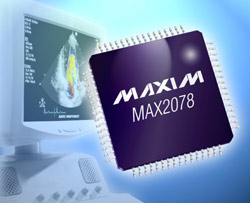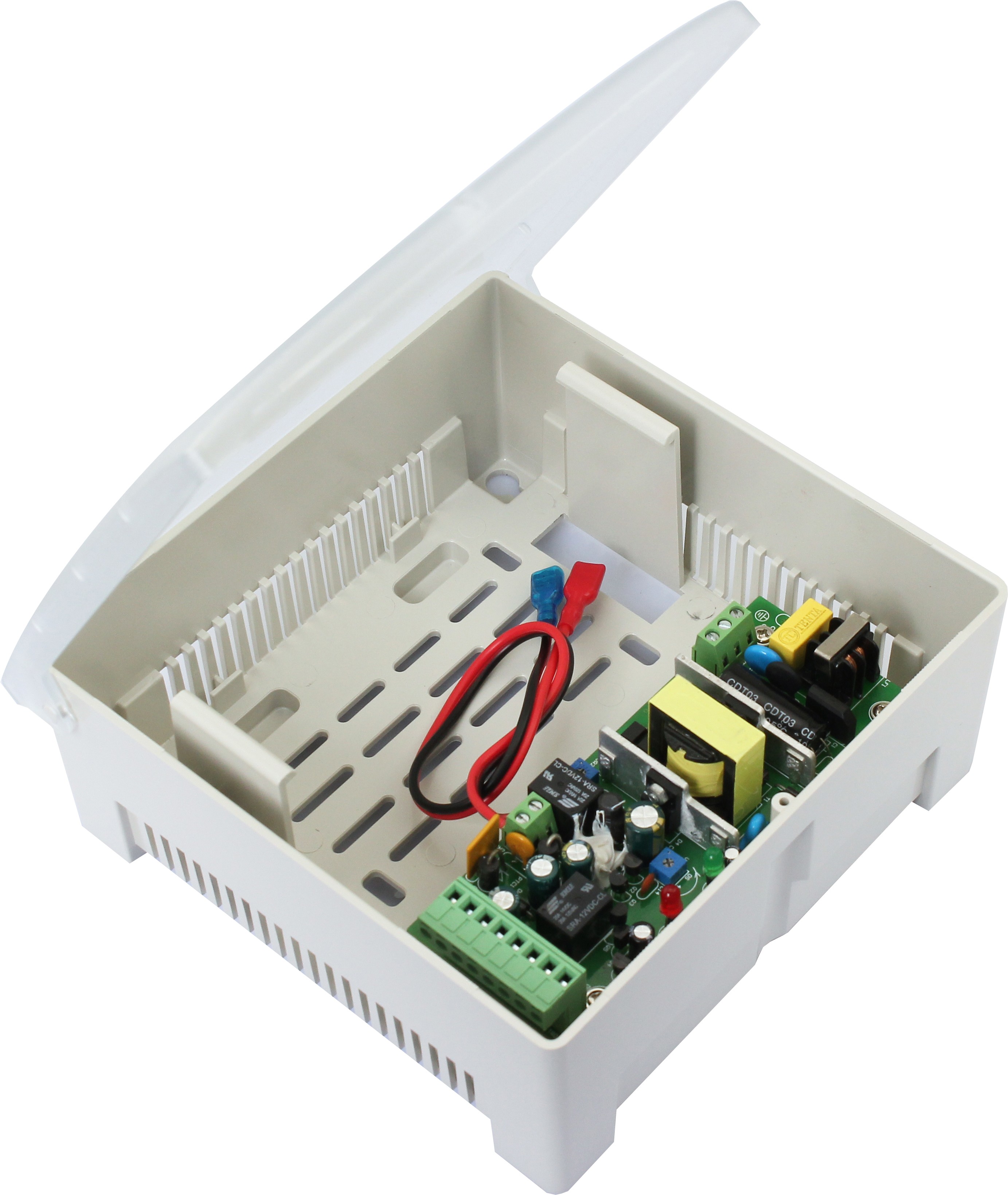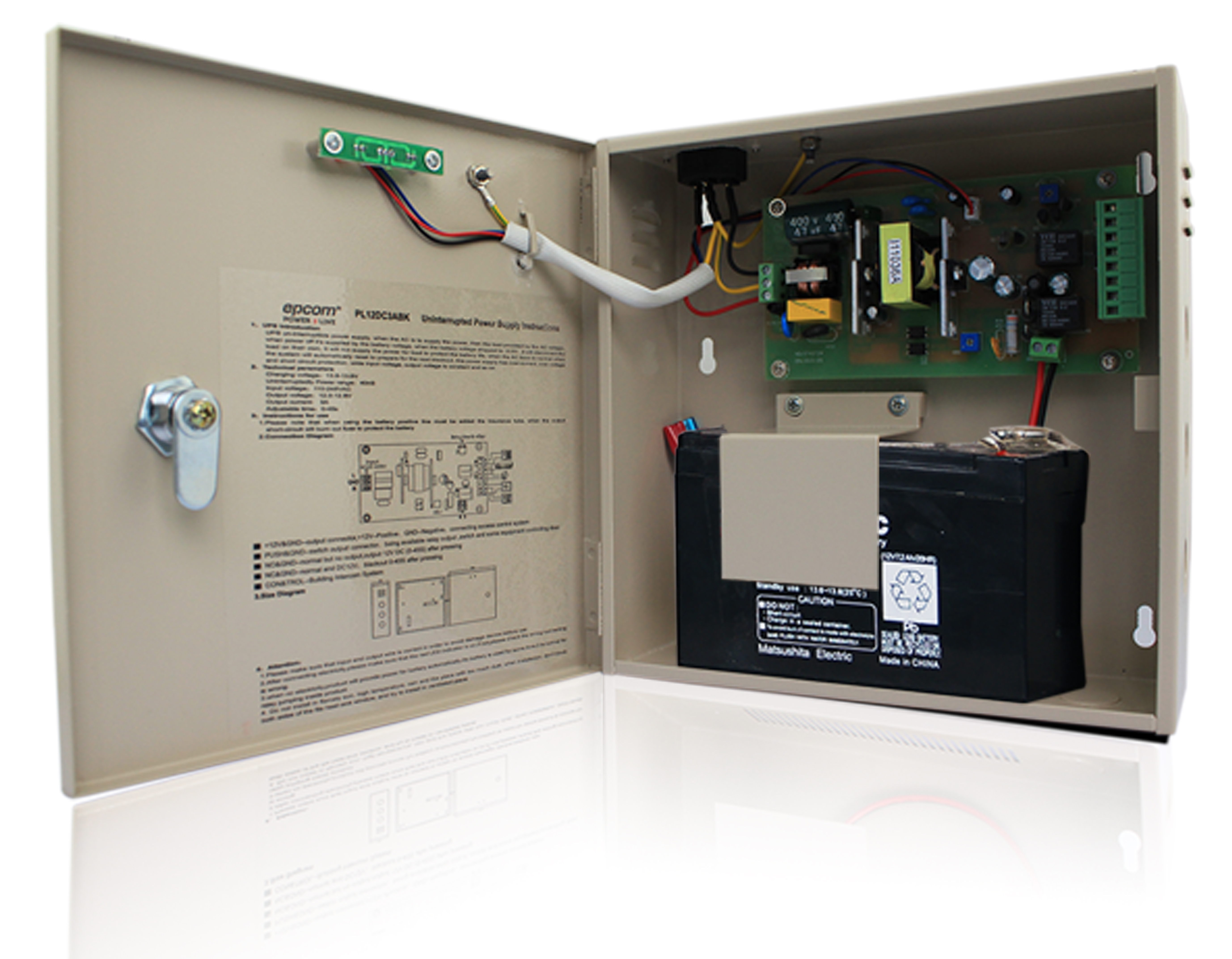New ultrasound front-end IC provides breakthrough performance for multi-channel on-board and portable ultrasound imaging equipment

Low-power, high-performance, 8-channel ultrasound front-end IC with programmable CWD
SUNNYVALE, CA. July 15, 2009. Maxim Integrated Products (NASDAQ: MXIM) introduced the world's lowest power 8-channel ultrasound front-end solution MAX2078, built-in mixer-based CWD (Continuous Wave Doppler) beamformer. The MAX2078 showcases Maxim ’s latest generation of high-performance, low-power ultrasound cores, combining the company ’s industry-leading LNA, VGA, and CWD technologies. The device contains the active input terminal LNA, VGA, anti-aliasing filter and I / Q mixer CWD beamformer in a fully integrated monolithic IC. The MAX2078 is designed for multi-channel in-vehicle and portable ultrasound medical imaging applications where size and power consumption are limited and performance must be optimized. This front-end IC has the lowest noise and highest dynamic range compared to other similar low-power, fully integrated ultrasound front ends. In addition, MAX2078 uses Maxim's patented mixer-based CWD solution, which is compatible with all current ultrasonic beam forming patents.
Ultrasound background
In the field of ultrasound, enhanced image quality and sensitivity are often regarded as the key differences between competing systems. This is especially true in the highly competitive small vehicle and portable imaging systems, where performance is often sacrificed to meet the demanding size and power requirements. Image quality and sensitivity are directly affected by the noise figure, dynamic range, and image resolution of the ultrasound receiver.
The noise figure of the receiver determines the weakest signal level (such as ultrasound echo) that can be detected by the imaging system. The excellent noise figure index improves the sensitivity of the system to weak signals, which can achieve greater depth imaging and detect weaker Doppler blood flow signals.
Dynamic range is a measure of the system's ability to detect these important weak signals under high-intensity, unrelated signals. The excellent dynamic range is especially critical for second harmonic imaging. In such applications, the high-intensity signal at the fundamental imaging frequency interferes with the desired weak signal at the second harmonic frequency. Excellent dynamic range is also necessary for all pulsed Doppler and continuous wave Doppler. In such applications, the stronger "spurs" on the solid state reflector will interfere with the weaker Doppler signals. The Doppler signal frequency is sometimes less than 1kHz.
Finally, the image resolution in the ultrasonic phased array receiver is closely related to the number of receiving channels. The greater the number of channels supported by the device, the larger the receive aperture that can be supported and the higher the image resolution and image quality. A sufficient number of channels is necessary to support larger apertures and improve image resolution, but it severely restricts the cost, power consumption, and size of receiver front-end solutions for small vehicle and portable ultrasound systems.
Best noise performance and dynamic range improve overall receiver sensitivity and imaging quality
Achieving optimal ultrasound receiver sensitivity is difficult, especially when a sensor with a relatively low input impedance is connected to a sensor for optimal time-domain impulse response and excellent imaging quality. The unique feature of the MAX2078 is that it provides an ultra-low noise, programmable, active input impedance LNA that can optimize the noise figure corresponding to the best matching sensor termination input impedance under extremely low power consumption. Therefore, the device has an excellent receiver noise figure (the noise figure is only 2.4dB at 200Ω input termination impedance), and the power consumption per channel is less than 65mW.
As mentioned above, dynamic range is also very important to maintain receiver sensitivity under all imaging conditions. Therefore, some people think that the biggest advantage of MAX2078 is its cascade output reference noise performance (the rated value is extremely low, only 23nV /  ), The noise index is half of the solution of similar chipsets. Keeping the output reference noise low is important because the larger output noise will exceed the noise floor of subsequent ADCs and affect the receiver's wideband SNR. This is why VGA has become a factor restricting the overall dynamic range of the ultrasonic receiver and why it has failed to improve the noise performance of the ADC many times. Since the input reference noise of the ADC is usually smaller than the output reference noise of similarly competitive ultrasound receiver chipsets, the performance of a system with a high VGA output reference noise is not ideal.
), The noise index is half of the solution of similar chipsets. Keeping the output reference noise low is important because the larger output noise will exceed the noise floor of subsequent ADCs and affect the receiver's wideband SNR. This is why VGA has become a factor restricting the overall dynamic range of the ultrasonic receiver and why it has failed to improve the noise performance of the ADC many times. Since the input reference noise of the ADC is usually smaller than the output reference noise of similarly competitive ultrasound receiver chipsets, the performance of a system with a high VGA output reference noise is not ideal.
In the pulsed Doppler imaging mode, special attention needs to be paid to the large signal SNR performance of the imaging receiver array near the carrier. Low-speed Doppler signals are usually within 1 kHz, which is lower than very large “spurious signals†or strong signals reflected by solid tissue. Therefore, the receiver's large signal SNR performance near the carrier is a key indicator, which determines the receiver's ability to detect weak low-speed blood flow signals under large spurious signals. The MAX2078 has been specially designed to detect these signals. At 5MHz spurious signals and 1kHz frequency offset, the device has an excellent large signal SNR of 140dBc / Hz. Many similar competitive devices cannot even list this important performance parameter in their data sheets.
Excellent large signal SNR performance and linearity index near the carrier of CWD mixer improve the detection ability of weak low-speed blood flow signals
During the MAX2078 working in CWD mode, the LO phase splitter in the quadrature mixer array can be programmed to any of the 16 quadrature phases to achieve the best beamforming scheme. The MAX2078 provides the necessary large signal dynamic range and noise performance near the carrier for detecting the Doppler shift range when the frequency deviation is within 100kHz to 1kHz at the optimal sensitivity.
The mixer and LO generator have a very low SNR performance of a large signal near the carrier. When 200mVP-P, 1.25MHz input spurious signal, and 1kHz frequency offset, the index is -155dBc / Hz. This excellent SNR performance is essential for detecting weak low-speed CW Doppler blood flow signals. In CWD, the spurious signals generated by the reflection of solid tissue and bones and the crosstalk between the transmission and reception are very large. Interference signals of up to 200mVP-P often appear at the input of the receiver. The MAX2078 relies on its excellent SNR performance near the carrier to measure these difficult-to-detect blood flow signals.
High integration and extremely low power consumption allow increased channel density and simplified design implementation
Ultrasound system design continues to develop toward higher imaging resolutions, and therefore requires a greater number of channels. MAX2078 can achieve more channels in two main ways.
First, Maxim's MAX2078 integrates 8 channels in a single chip, and its LNA / VGA / AAF / CWD solution takes up very little circuit board space. Almost all necessary circuits are integrated into the chip.
Secondly, high integration can increase circuit function. Many ultrasound systems use multiple sensor types to support multiple imaging modes. Each sensor will have a unique output impedance. Similarly, multi-mode sensors have specific output impedances customized for each mode of operation (eg, comparison of 2D imaging and guided CWD). In order to adapt to a wide range of output impedance, MAX2078 integrates a unique switchable input impedance matching network. The impedance values ​​supported by this single chip are 50Ω, 100Ω, 200Ω and 1000Ω. The input impedance can be switched to optimize the performance of the system in various operating modes.
The MAX2078 is available in a 64-pin TQFP lead-free package. The MAX2077 * has the same functions and parameters as the MAX2078, but without the CWD beamformer. The MAX2077 is available in a pin-compatible 64-pin TQFP lead-free package and a space-saving 56-pin TQFN package. The starting price of MAX2078 is $ 47.50, and the starting price of MAX2077 is $ 34.30 (from 1,000 pieces, US FOB).
Access Control Supply Switch Ac To Dc 12v 220v Uninterrupted Power Supply
Features:
1. Directly control electric lock to reduce the load of access controller
2. NC output can control all kinds of electric lock
3. Set up unlock button input to directly open lock
4. Automatically cut down power or burn out fuse when short circuit and other accidents happen
5. With strong anti-interference ability, excellent stability and reliability
6. Apply to all building intercom and access control systems, particularly for driving all kinds of electric locks
7. Lessen the load of access controller ,Save project wires.
8. With UPS terminal which can connect with battery.
9. Has delay control circuit.unlock delay time in 0-10S.
10. Auto protective function
Application:
This Uninterrupted Power Supplies are widely used to Building intercoms and kinds of access controllers, especially for kinds of electric locks and bolts.
Product Images:



Boxed Power Supply,Boxed Power Supply 24Vac,Cctv Boxed Power Supply,Access Control Power Unit
Guangdong Steady Technology Co.LTD , https://www.steadysmps.com